Home>Ideas and Tips>Green Wall Installation Guide for Vertical Garden Solutions
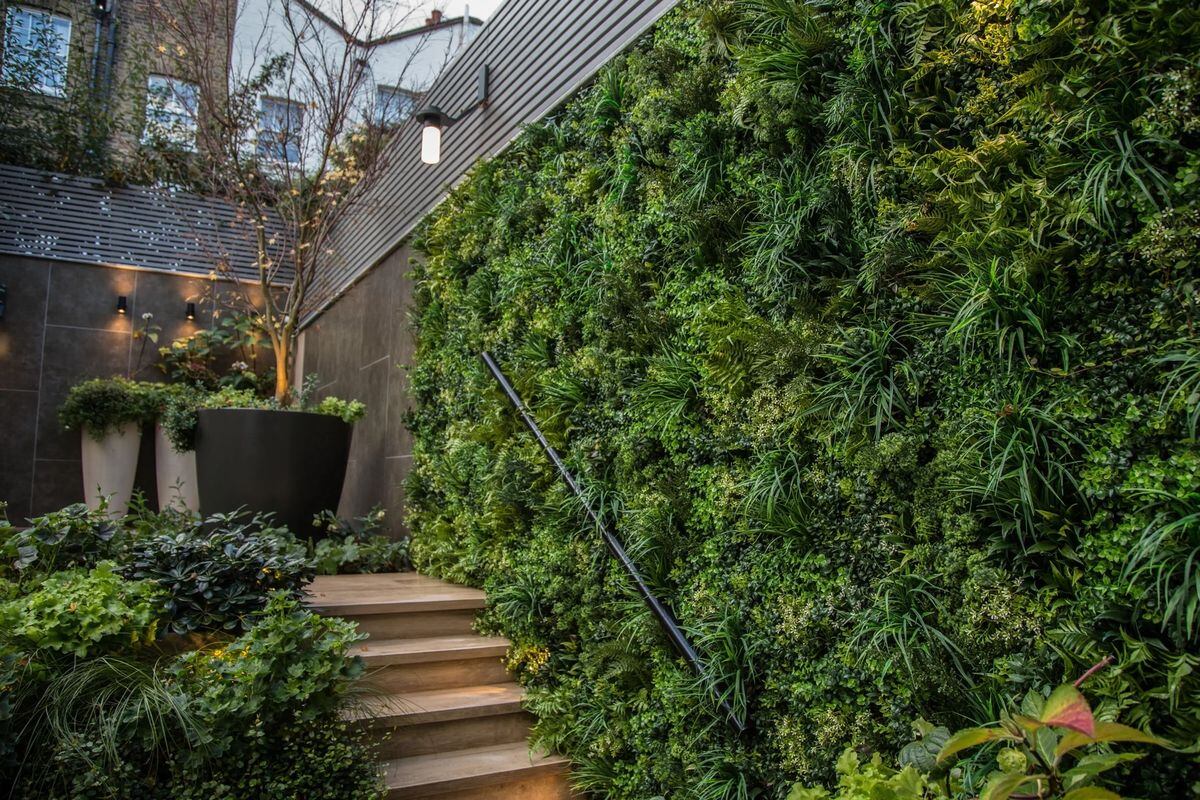

Ideas and Tips
Green Wall Installation Guide for Vertical Garden Solutions
Published: September 22, 2024
Learn how to install a stunning green wall with our comprehensive guide. Discover vertical garden solutions, from planning to maintenance.
(Many of the links in this article redirect to a specific reviewed product. Your purchase of these products through affiliate links helps to generate commission for Storables.com, at no extra cost. Learn more)
Creating a green wall, also known as a living wall or vertical garden, is an innovative way to bring nature indoors or outdoors. These structures not only enhance the aesthetic appeal of any space but also offer numerous environmental benefits. In this comprehensive guide, we will walk you through the steps involved in installing a green wall, from planning and preparation to maintenance and upkeep.
Choosing the Right System
Before diving into the installation process, it's crucial to understand the different types of green wall systems available. Each system has its own set of advantages and requirements, so selecting the right one for your needs is essential.
Organic Substrate Systems
These systems use an organic substrate as the plant growth medium. They are ideal for small gardens that you want to maintain personally. However, they have less durability compared to other systems because the organic substrate will degrade over time and need to be replaced.
Pocket Vertical Garden Bags
Pocket vertical garden bags are a popular method for creating green walls. These bags are simple and effective, allowing you to enjoy your beautiful backdrop for years to come. They are designed for drip irrigation but can also be hand-watered if an irrigation system is not available.
Artificial Vertical Gardens
Artificial vertical gardens offer a low-maintenance alternative to real plants. They are made up of leaves of various shapes, showing a three-dimensional effect. These panels can be cut, bent, and adhered to virtually any surface, making them versatile for different locations. Artificial gardens hardly need maintenance and can be cleaned with water or a cloth once a year.
Planning Your Green Wall
Before starting the installation process, it's important to plan carefully. Here are some key considerations:
Location
Choose a location that receives sufficient sunlight for the plants you want to grow. If you're making an indoor green space, ensure that the area is well-lit. Consider the aesthetic appeal of the space and how the green wall will integrate with the existing decor.
Structural Requirements
Ensure that the wall you choose is structurally sound and can support the weight of the plants and any additional materials needed for irrigation or lighting. For larger implementations, it's advisable to start preparing the structure earlier to ensure everything is in place before construction begins.
Initial Discussions
Initial discussions with the customer are crucial in determining the preliminary assumptions necessary for preparing an approximate cost estimate. Elements such as the width and height of the green wall, sewage conditions (drain and water connections), and lighting conditions all affect the final price of the service. It's also important to ensure that ceiling lamps can be mounted at a suitable distance from the wall (approximately 1.5 meters).
Completing Formalities
Once you have all the necessary information, you can proceed to make a specific offer to the customer. When the cost estimate is accepted, sign a contract that outlines the initial implementation date and terms of cooperation. Ensure that all key conditions are fulfilled by both parties, including ensuring that the wall is suitable for transformation into a vertical garden, has appropriate load capacity, waterproofing layer, and easy access to a socket.
Creating an Individual Project
Only after completing all formalities can you proceed to the creative part of the work—designing your green wall. This involves choosing various plants and arranging a unique composition. Consider guidelines from the customer, inspirations, and selected species. If you have a free hand, make some suggestions; your arrangements are limited only by your imagination and the set of species tested on green walls.
Installation
Installation is a critical step in creating your green wall. Here’s how it typically works:
- Preparation of Structure: Prepare the entire structure before starting the construction process. This includes digging holes for post bases if necessary and setting them while the concrete is wet.
- Attaching Brackets: Set post bases in the holes using concrete and ensure they are aligned properly with string lines.
- Building Frame: Cut posts down to size and attach them to the top using lag bolts and washers. Pre-drill holes for lag bolts to avoid damaging the wood.
- Adding Plant Pockets: Fill plant pockets halfway with potting soil and fit plants into them. Ensure that the soil level is about 2 inches below the lip of the pocket after all plants are installed.
- Irrigation System: Install an irrigation system if necessary. Pocket vertical garden bags often come with sleeves for spaghetti drip tubing, which can be connected to an existing irrigation system or hand-watered.
Maintenance
While it may seem that your work ends with installation, maintenance is crucial for keeping your green wall in perfect condition. Here’s how you can maintain your vertical garden:
- Initial Checkup: Conduct the first maintenance check after one month since planting flowers. Check if plants have taken root, new shoots are appearing, and there is the right amount of water.
- Regular Checks: Continue monthly checks if requested by the customer. Check the irrigation system, clean filters, care for plants by trimming and cleaning them. Use fertilizers and preventive sprays as needed. Replace any plants that cannot grow in given conditions.
- Seasonal Adjustments: Expect to edit and change out plants as needed for different seasons because some plants will outgrow their pockets or require different care.
Types of Green Walls
There are several types of green walls available, each with its own set of benefits and requirements.
Living Walls
Living walls are systems that allow vegetation to be planted vertically and develop properly both indoors and outdoors. They offer great adaptability and can be used indoors or outdoors with any shape or finish.
Functional Benefits
Green walls provide several functional benefits including architectural integration and landscaping improvements. They can camouflage damaged walls or those with unattractive finishes, create separation between areas with vegetation, block views between two houses, and produce a dissuasive effect against vandalism and graffiti.
Reducing Heat Island Effect
Green walls also reduce the heat island effect in large cities by providing shade and improving air quality.
Why Choose SingularGreen?
SingularGreen offers unique solutions for vertical gardening needs. Their systems are constantly evolving to provide solutions to new challenges posed by society. They currently have two vertical gardening patents and emphasize the importance of maintenance for successful vertical gardening systems.
Read more: DIY Guide To Installing A Pallet Wall
Conclusion
Creating a green wall is an exciting project that not only enhances your space but also contributes to environmental sustainability. By choosing the right system, planning carefully, completing formalities, creating an individual project, installing it properly, and maintaining it regularly, you can enjoy the beauty and benefits of your living wall for years to come.
Whether you opt for organic substrate systems, pocket vertical garden bags, or artificial vertical gardens, each option has its own set of advantages that cater to different needs and preferences. With proper planning and maintenance, your green wall will thrive as a stunning backdrop that brings nature closer to your home or office.
Additional Resources
For those interested in training as designers or installers of vertical gardens, there are various resources available. SingularGreen offers training programs and comprehensive services including design planning and plant species selection. For DIY enthusiasts looking to build their own green wall without professional help, step-by-step guides like those provided by Home Depot can be invaluable.
By following this guide and considering your specific needs and preferences, you can successfully create a beautiful and functional green wall that enhances both aesthetics and functionality of any space.
Was this page helpful?
At Storables.com, we guarantee accurate and reliable information. Our content, validated by Expert Board Contributors, is crafted following stringent Editorial Policies. We're committed to providing you with well-researched, expert-backed insights for all your informational needs.

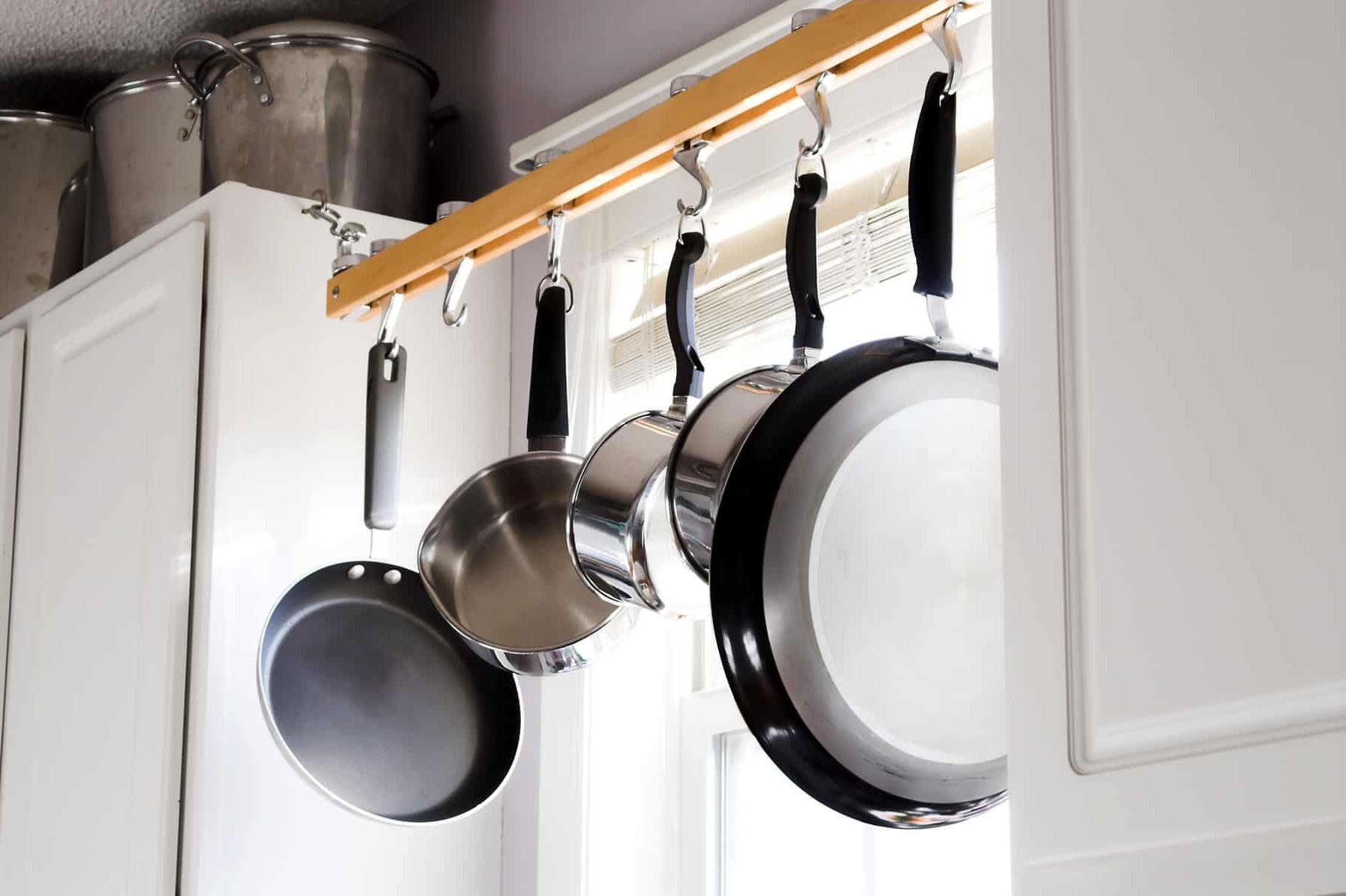
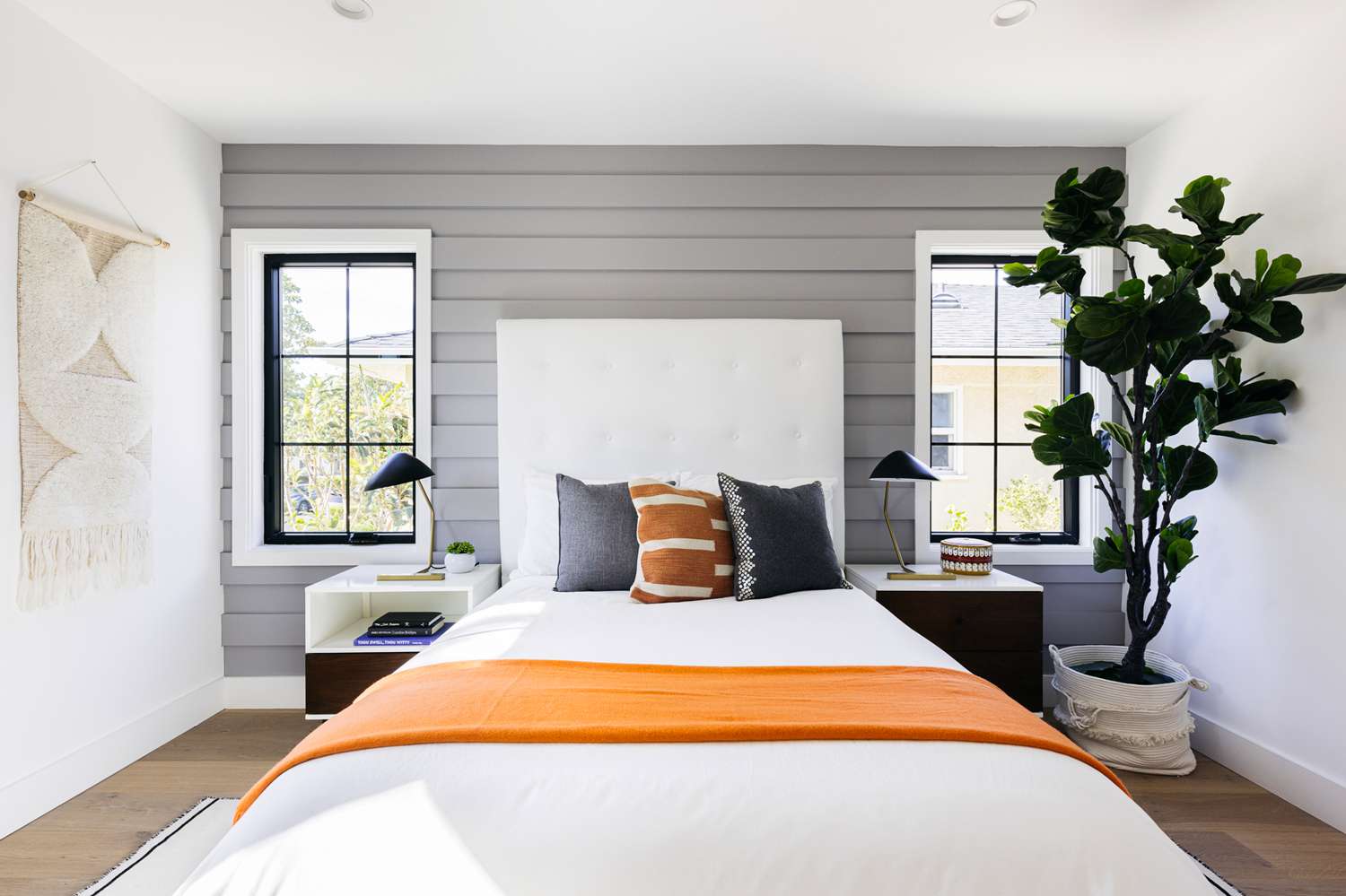
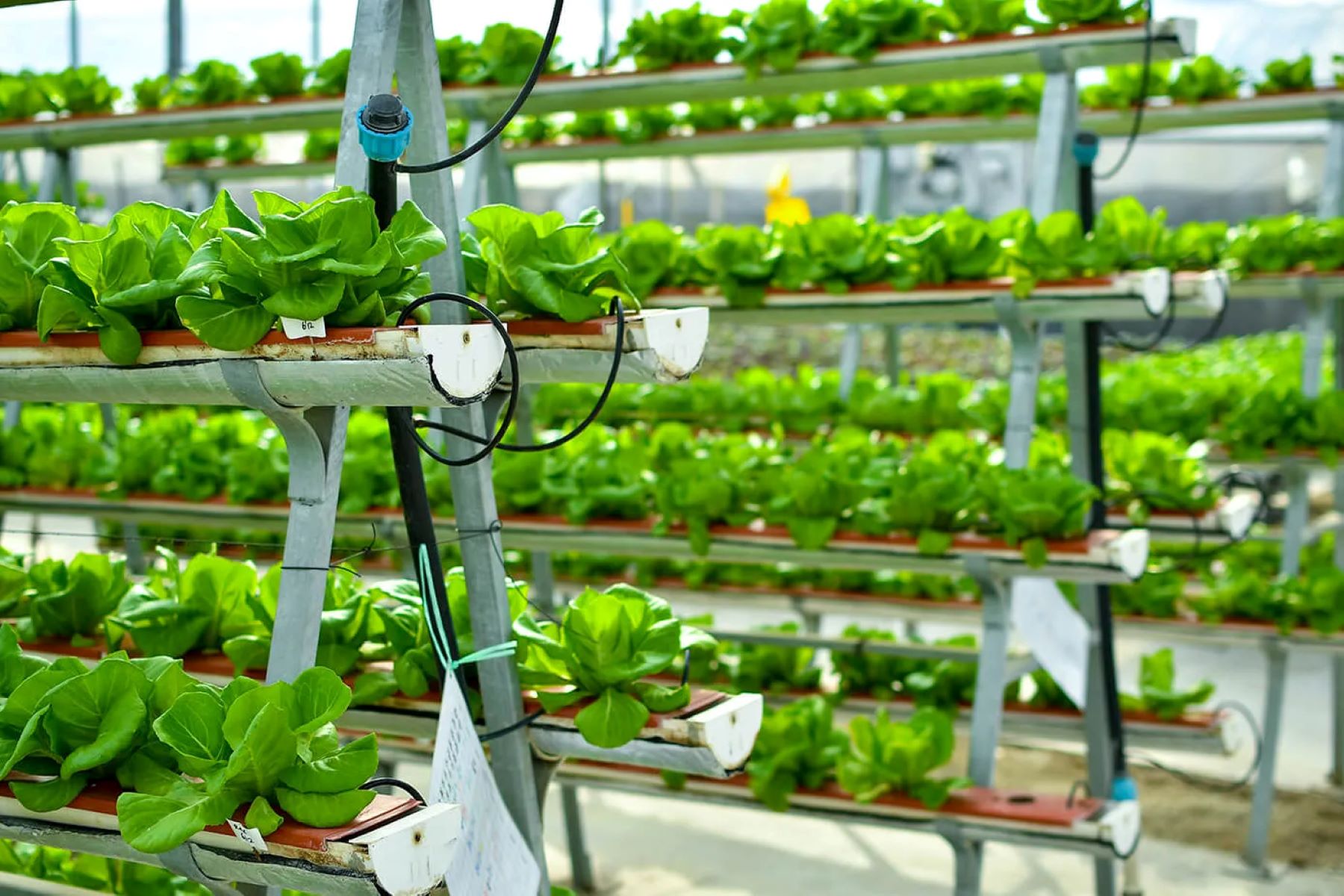
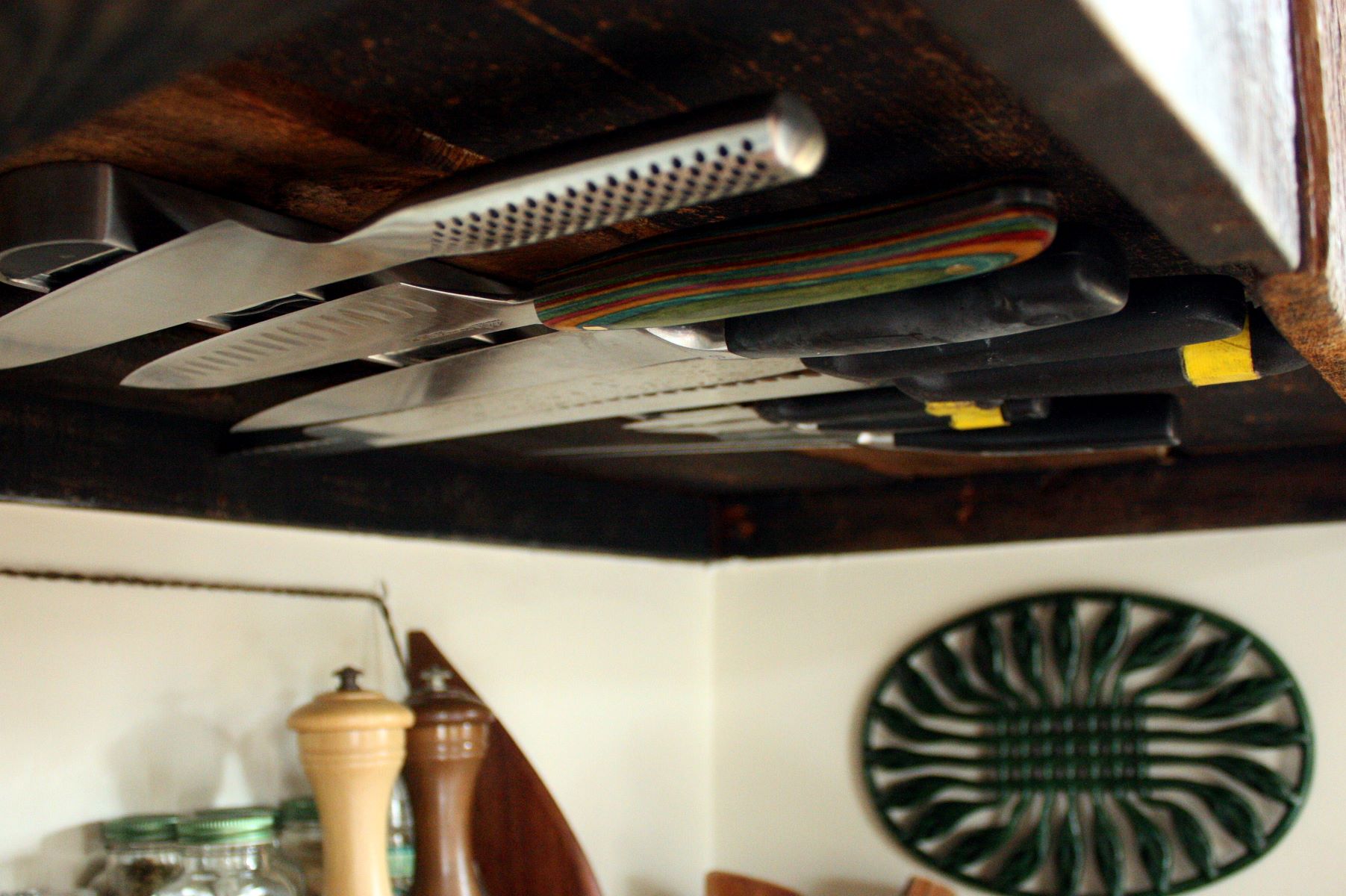
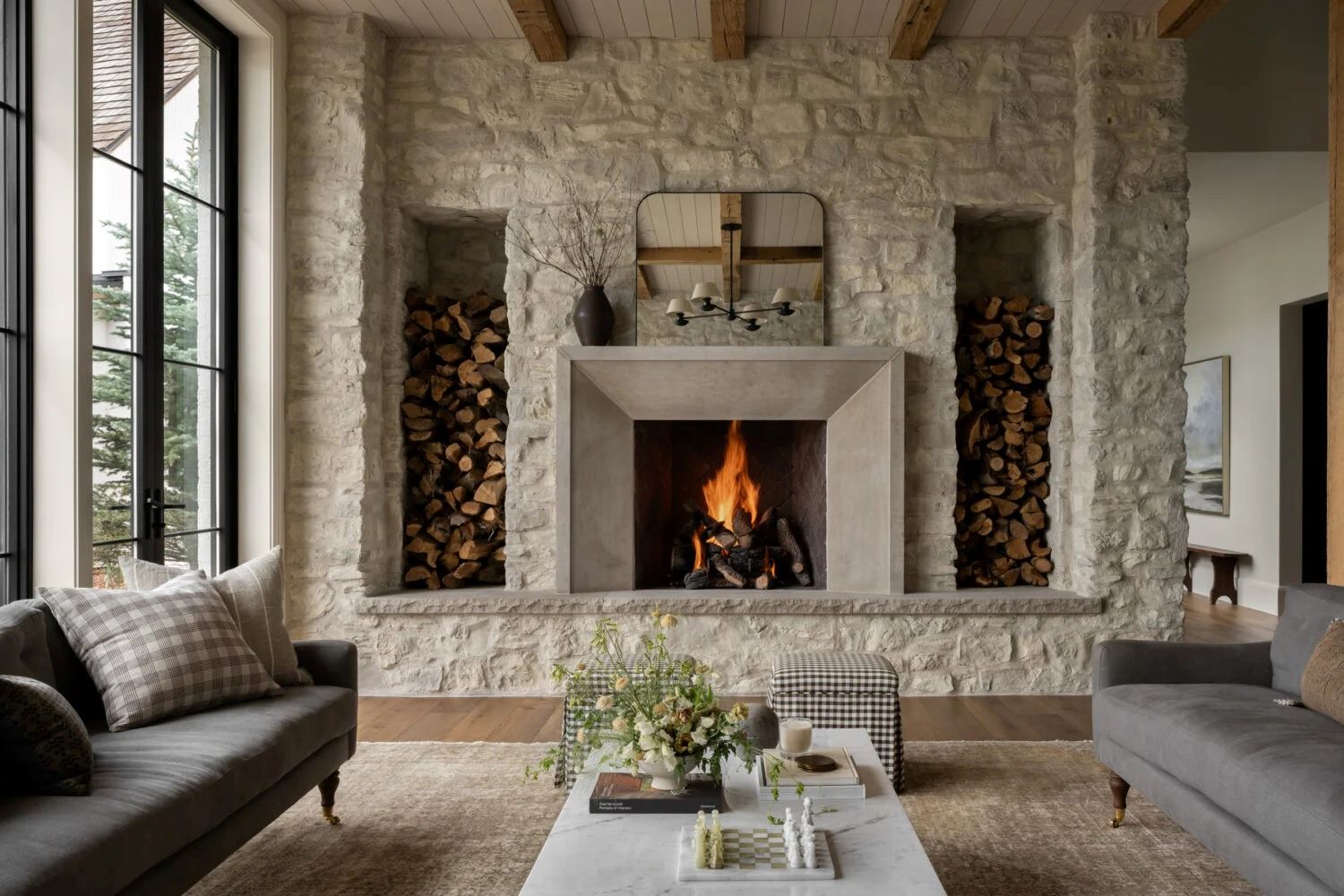
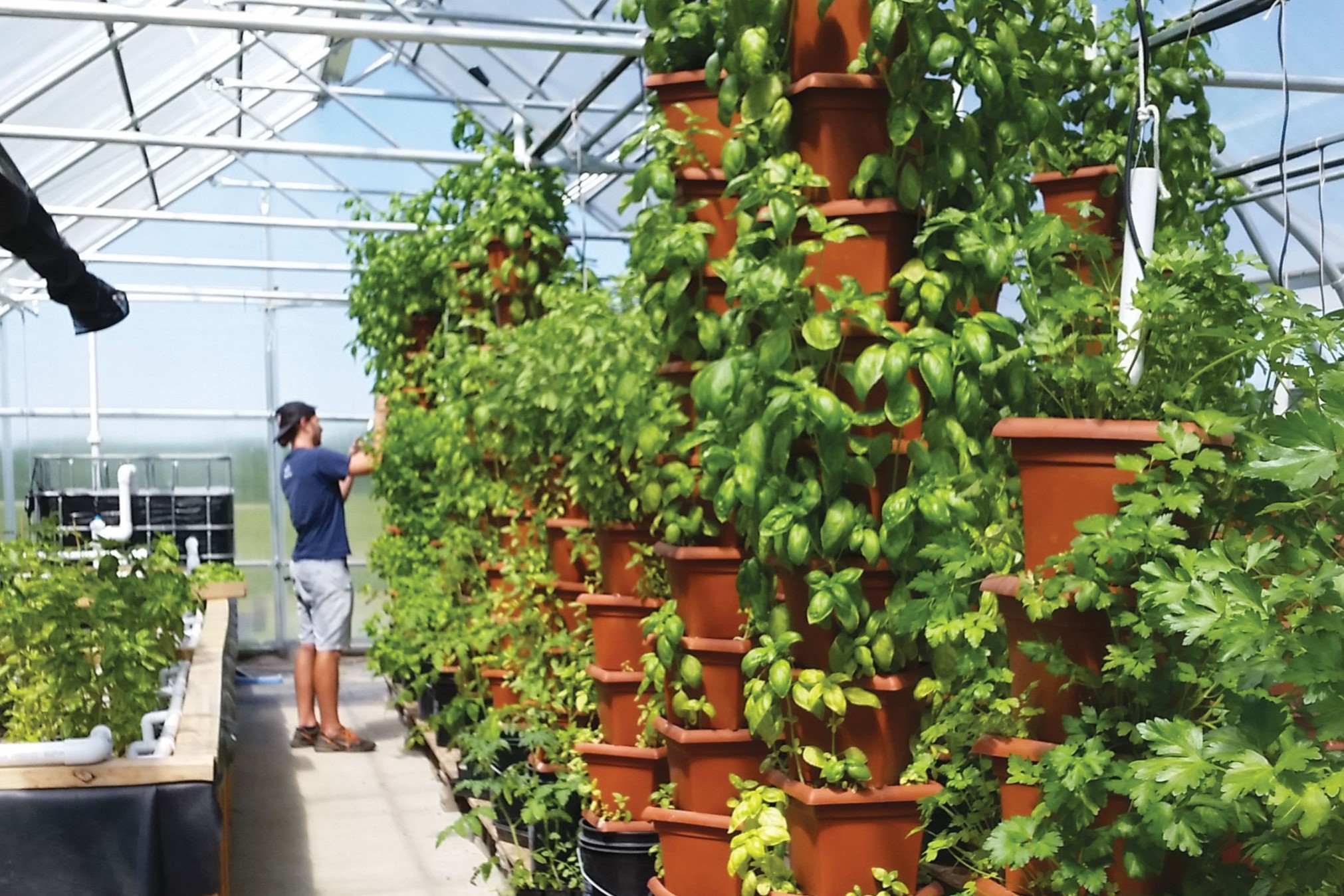
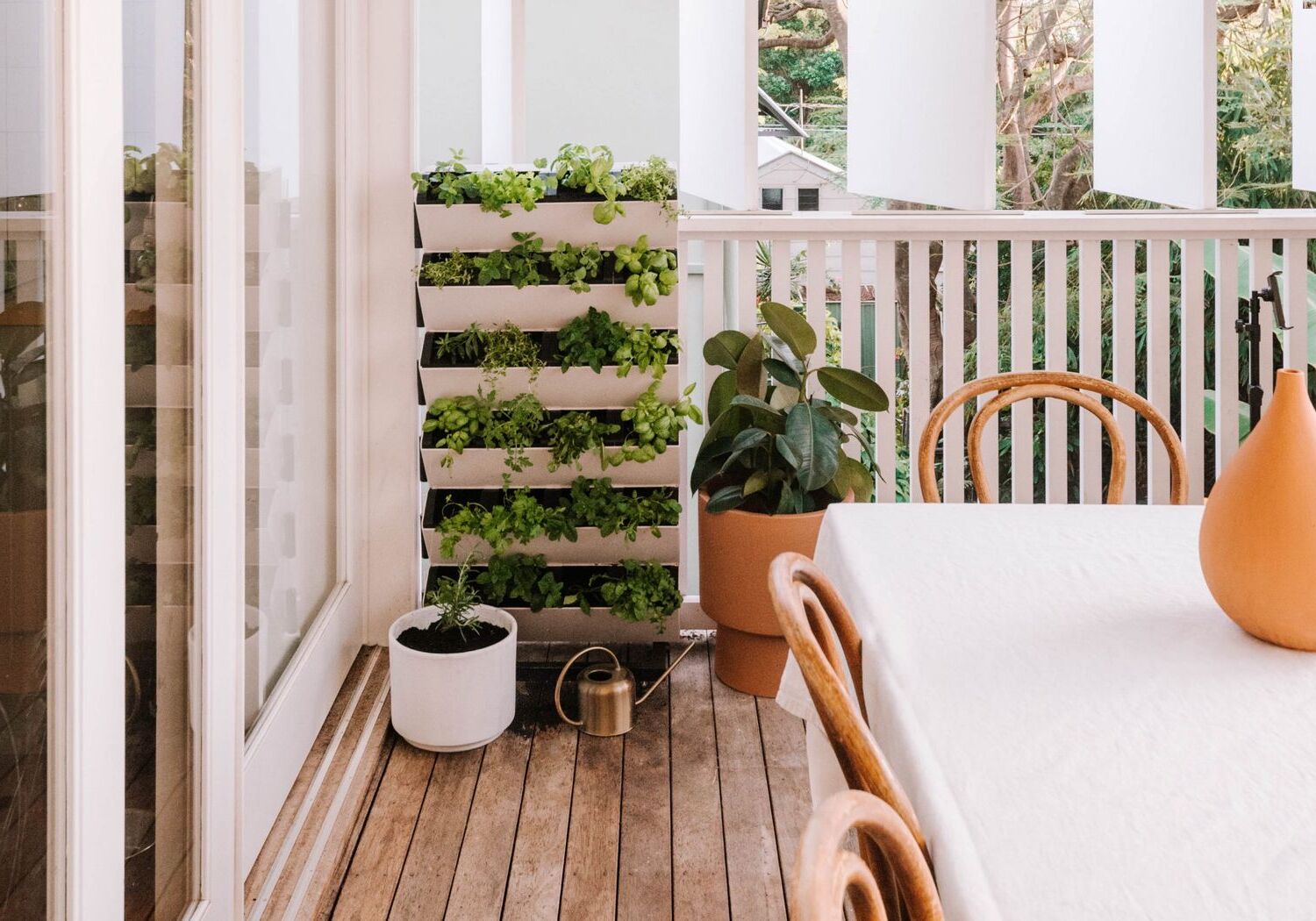
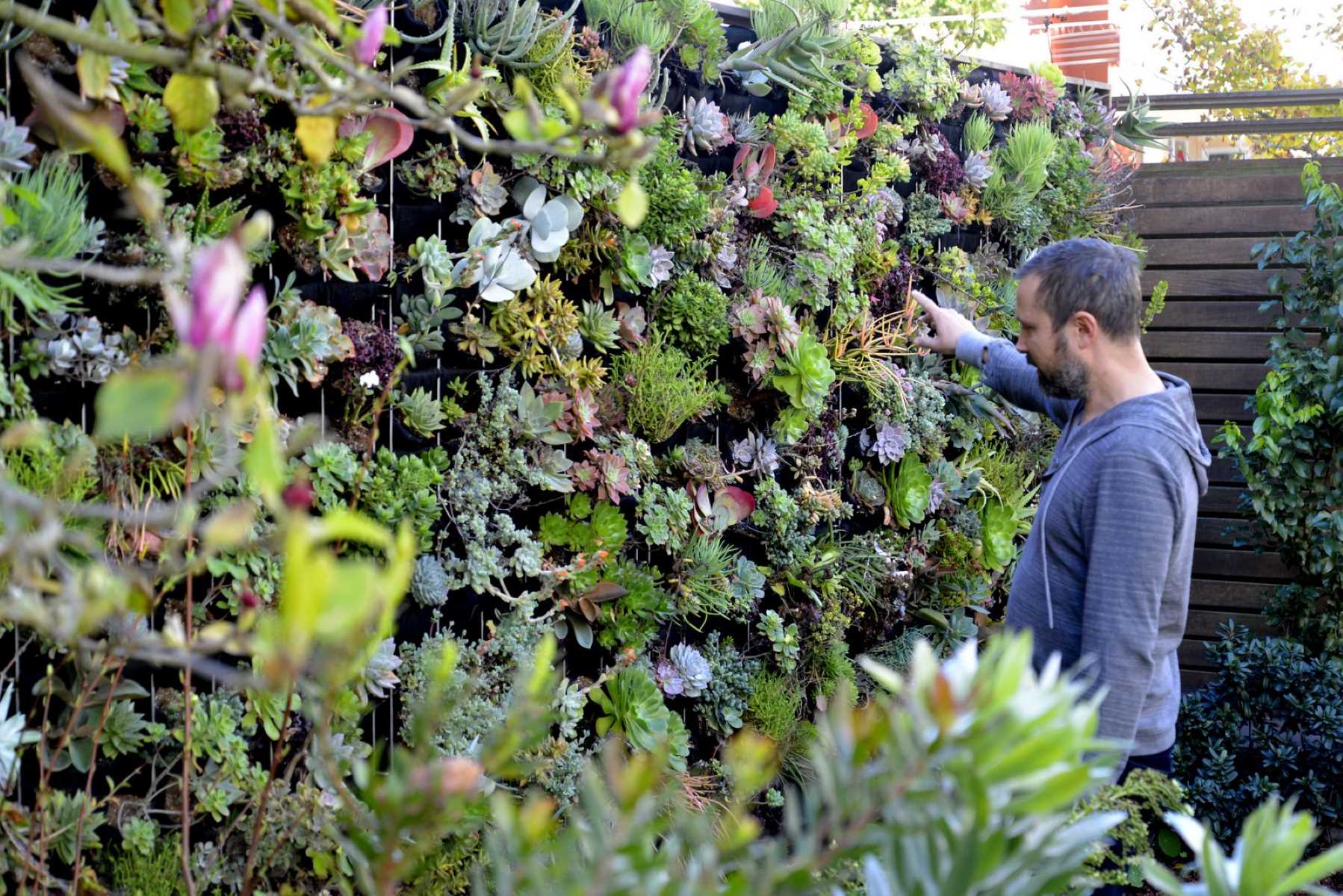
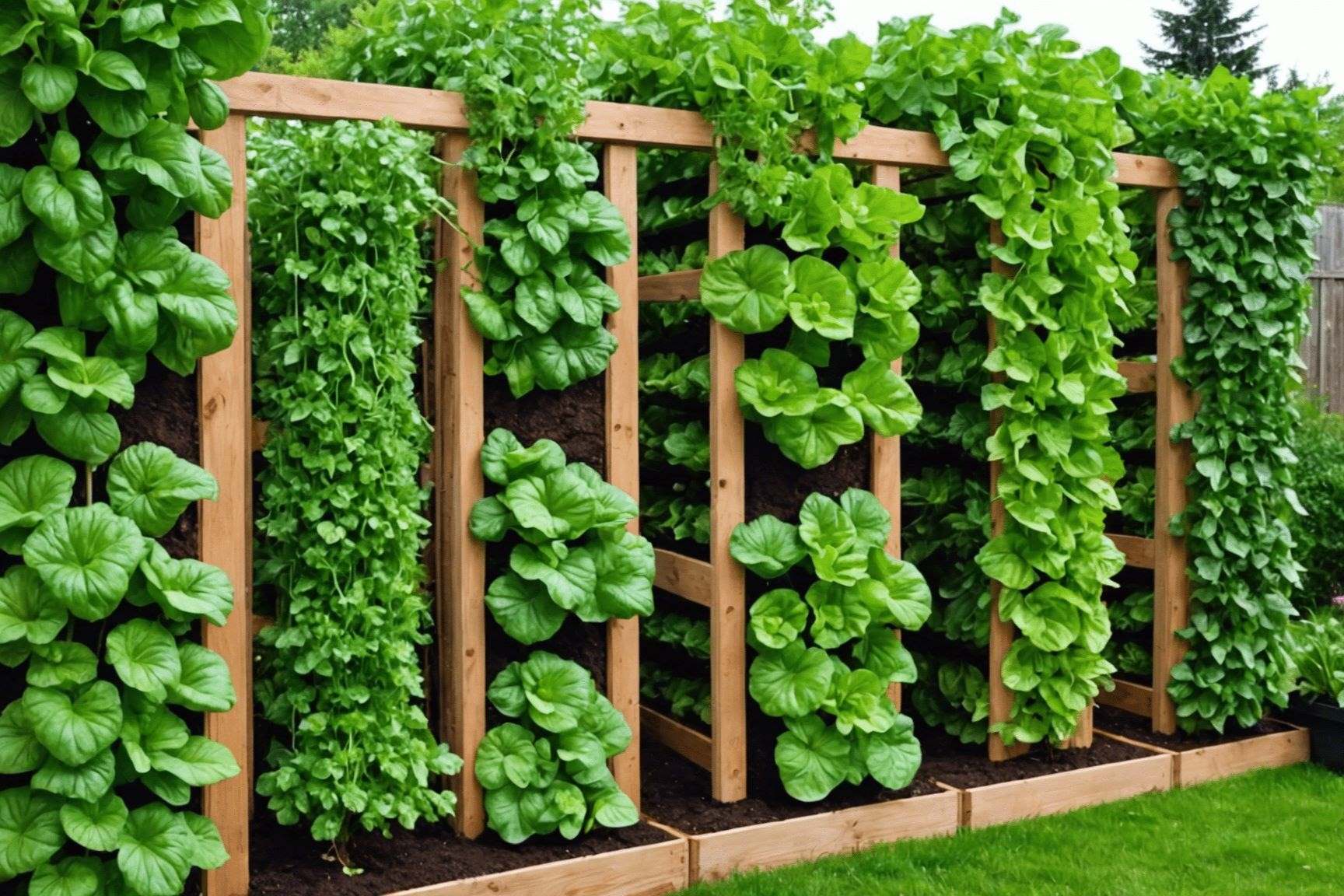
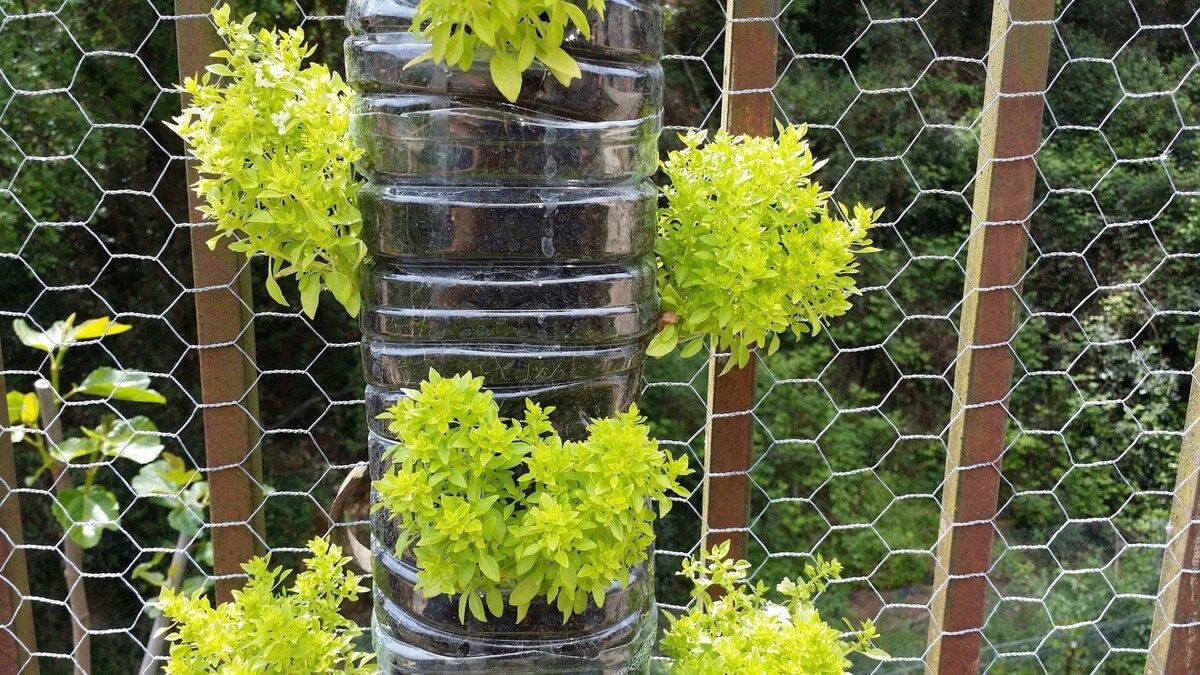

0 thoughts on “Green Wall Installation Guide for Vertical Garden Solutions”